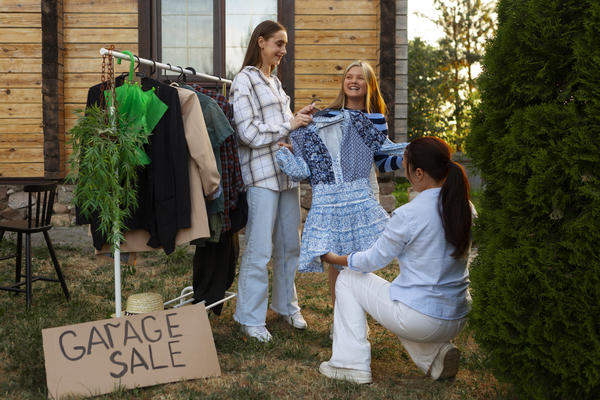Sustainable Fashion: How to Build an Eco-Friendly Wardrobe in 2025
Sustainability has moved from a niche trend to a core value in the fashion industry. In 2025, building an eco-friendly wardrobe isn’t just about buying “green” products — it’s a mindset that influences every fashion choice, from how you shop to how you care for your clothes.

If you want to dress stylishly while minimizing your environmental footprint, here’s a complete guide to building a sustainable wardrobe that works in today’s world.
1. Understand What Sustainable Fashion Means
Sustainable fashion focuses on reducing environmental impact and promoting ethical practices across the entire lifecycle of clothing — from sourcing raw materials to manufacturing, transportation, use, and disposal.
Key principles include:
- Using eco-friendly, biodegradable, or recycled materials
- Ensuring fair wages and safe working conditions for workers
- Reducing waste through design, production, and consumer habits
- Encouraging recycling, upcycling, and second-hand shopping
2. Shop Quality Over Quantity
One of the most effective ways to be sustainable is to buy fewer, better-made items. High-quality clothes last longer, fit better, and maintain their look after many wears and washes.
In 2025, investing in timeless staples that can be styled in multiple ways is smarter than chasing fast-fashion trends that quickly fade.
What Else Would You Like to Know?
Choose below:
3. Choose Sustainable Materials
Look for fabrics with a lower environmental impact, such as:
- Organic cotton, which avoids pesticides and uses less water
- Tencel and lyocell, made from sustainable wood pulp
- Recycled polyester and nylon, which reduce plastic waste
- Hemp and linen, natural fibers with durability and breathability
Many brands now clearly label these materials, making it easier to choose wisely.
4. Support Ethical Brands
Research brands to find those committed to ethical manufacturing. Certifications like Fair Trade, GOTS (Global Organic Textile Standard), and B Corp status signal responsible practices.
Supporting these brands encourages transparency and better conditions across the fashion supply chain.
5. Embrace Second-Hand and Vintage
Buying pre-loved clothes extends the life of garments and reduces demand for new production. Vintage and thrift shopping are sustainable ways to discover unique, high-quality pieces with character.
Plus, mixing second-hand items with your existing wardrobe adds individuality to your style.
6. Care for Your Clothes to Make Them Last
Proper care is a simple yet powerful sustainability hack:
- Wash clothes less frequently and with cold water
- Use gentle detergents and avoid harsh chemicals
- Air dry instead of tumble drying to save energy
- Repair damaged items rather than discarding them
This approach keeps clothes in good condition, saving resources and money.
7. Recycle and Upcycle
When clothes reach the end of their life, recycle textiles properly through local programs or brand take-back schemes.
Upcycling — creatively transforming old clothes into new designs — is also a popular and fun way to reduce waste.
8. Minimalism Meets Sustainability
Building a minimalist wardrobe aligns perfectly with sustainability. Focus on versatile pieces that mix and match well, reducing the need for excess clothing.
A thoughtful capsule wardrobe can simplify dressing and support a more sustainable lifestyle.
9. Educate Yourself Continuously
Sustainability is an evolving field. Stay informed about innovations, emerging materials, and ethical brands by following trusted sources and industry leaders.
This knowledge empowers you to make conscious choices consistently.
10. Influence Through Your Choices
By building an eco-friendly wardrobe, you send a message to the industry that sustainability matters. Encourage friends and family to join the movement, and support policies that promote ethical fashion.
Collective consumer demand is a powerful force for positive change.
Final Thoughts: Style with Purpose
In 2025, sustainable fashion is about combining style, ethics, and environmental responsibility. Building an eco-friendly wardrobe takes intention but rewards you with clothes that feel good inside and out.
By choosing quality, caring for your garments, and supporting ethical brands, you contribute to a fashion future that values both people and the planet.
Top 5 Fashion Capitals of the World: Where Style Reigns Supreme
» See exclusive tips for your home







